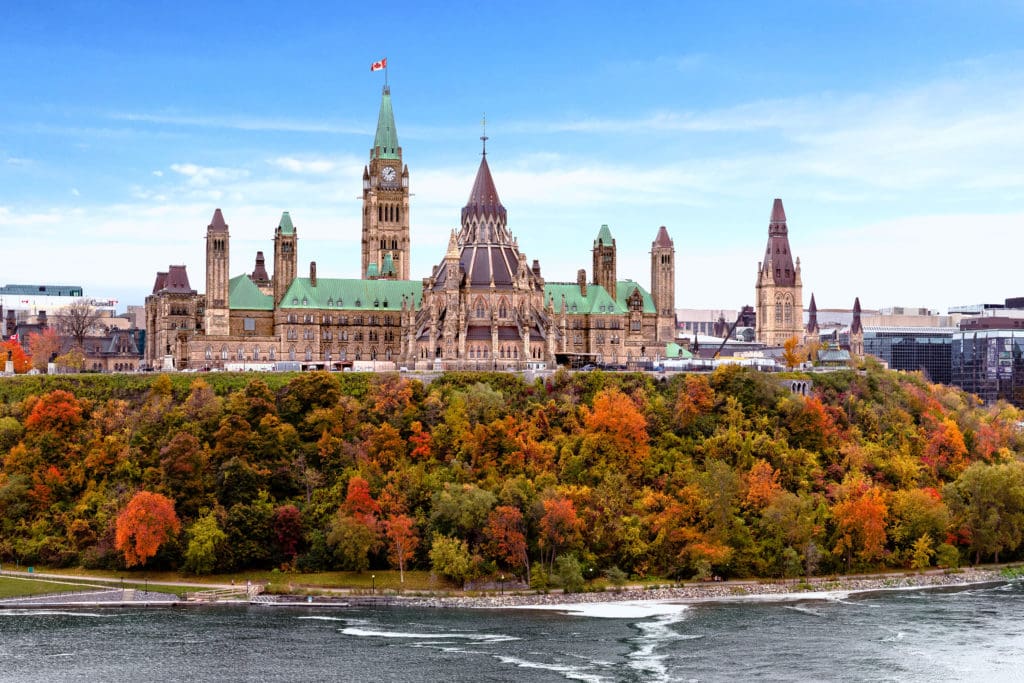Australia’s Turn Next?

Ottawa / Canada
Australia and Canada have a lot in common. They’re both former British colonies, who to this day enjoy friendly sporting rivalry every four years at the Commonwealth Games.
They’re both modern, prosperous, stable democracies. They both occupy vast landmasses of sparsely populated wilderness with most of their populations heavily concentrated into a few major cities along their fringes.
But neither country can be particularly proud of its environmental record.
Australia has an obsession with coal, led by a Prime Minister who likes to fondle lumps of it in our federal parliament. Meanwhile the Canadian Prime Minister’s black obsession has been Alberta’s tar sands oil. For example he funded the Keystone XL pipeline after no private investor would back the environmentally disastrous and commercially unviable project. (This huge project, that would have run through both Canada and the USA was recently canned by US President Biden.)
When it comes to cycling, Australia and Canada had another negative thing in common. Until now, both Canada and Australia steadfastly refused, at the federal level, to directly fund cycling infrastructure.
That changed on 12th March 2021 when Canada announced over C$400 million in federal funding for new cycling infrastructure, as well as launching plans for their first national Active Transportation Strategy.
Canada joins a long list of countries that Australia usually takes notice of, from the USA to the UK, Ireland, New Zealand, Germany and others, who all now directly fund cycling at the federal level.

In both Canada and Australia, their argument for decades has been that it was a responsibility of their provinces or states.
Now one of the last comparable countries that federal Australian governments from both major parties could point to as an excuse for their own inaction has said ‘Yes, we are responsible!’ to the tune of A$416 million over five years.
Even adjusting this for Canada’s larger population, that comes to A$2.19 per Canadian citizen per year.
When the then Shadow Minister for Infrastructure, Transport and Regional Development Anthony Albanese announced a pre-2019 election promise of A$250 million over 10 years, that was only A$1 per Australian citizen per year – less than half as much.
Of course, history tells us that his Labor party lost that election, so even this modest policy was never enacted.
No doubt there are still some countries that do not have a policy of federally funding cycling and other active travel infrastructure. But the list is rapidly shrinking, particularly amongst more prosperous nations.
Australia’s cover is disappearing fast, like a puddle evaporating in the hot sun, leaving only mud, then dust behind.
